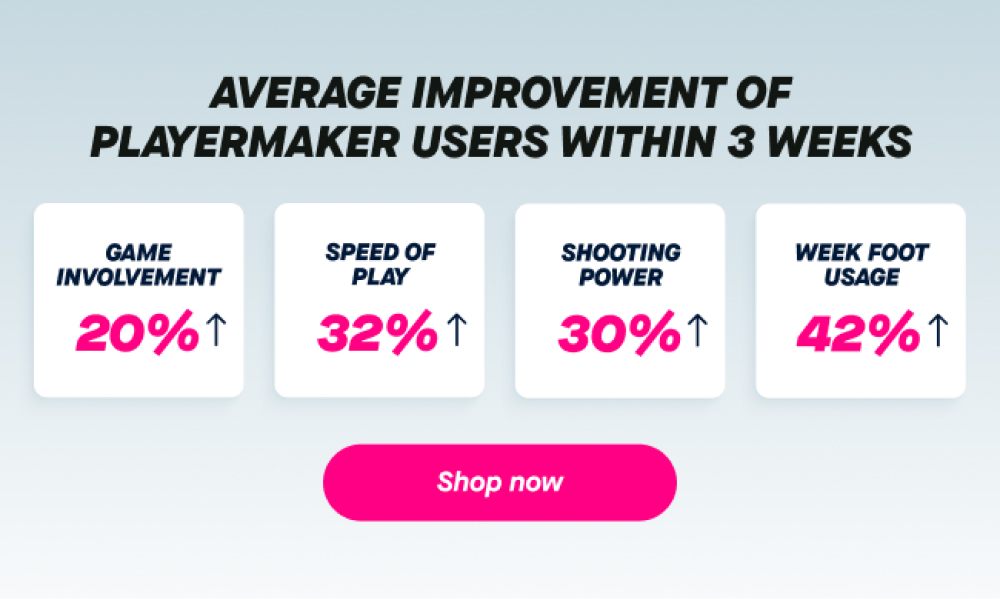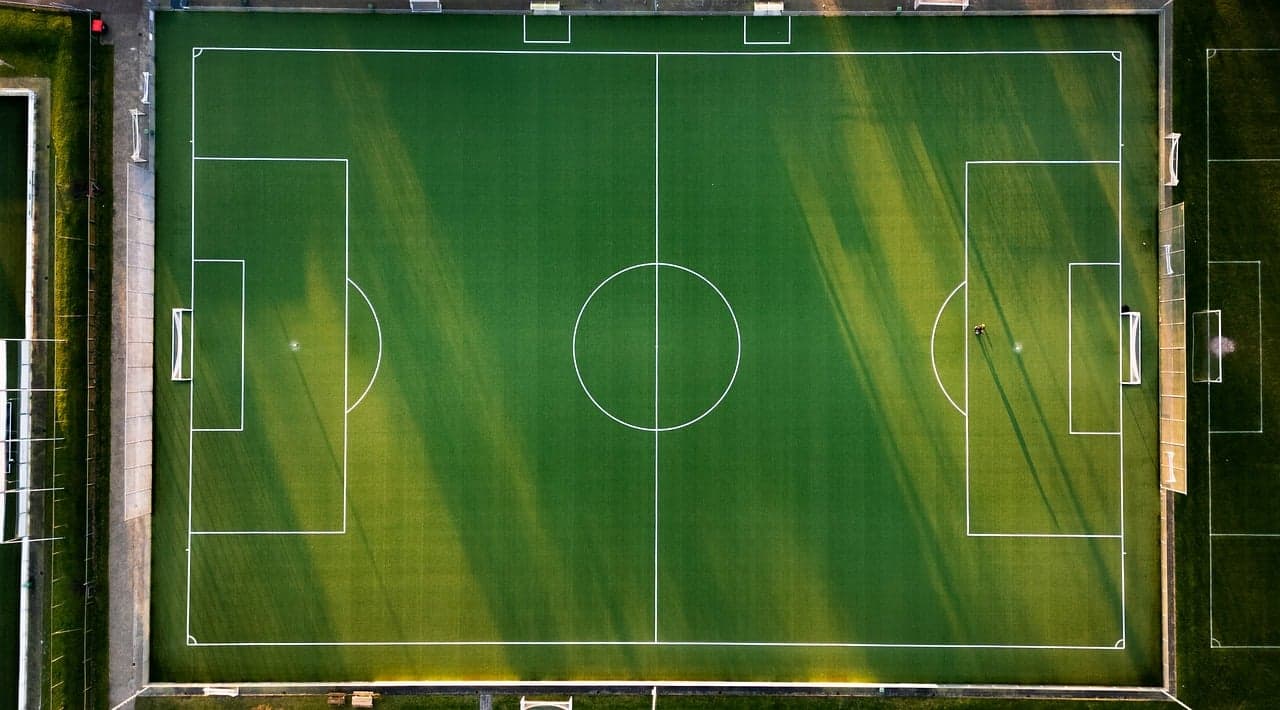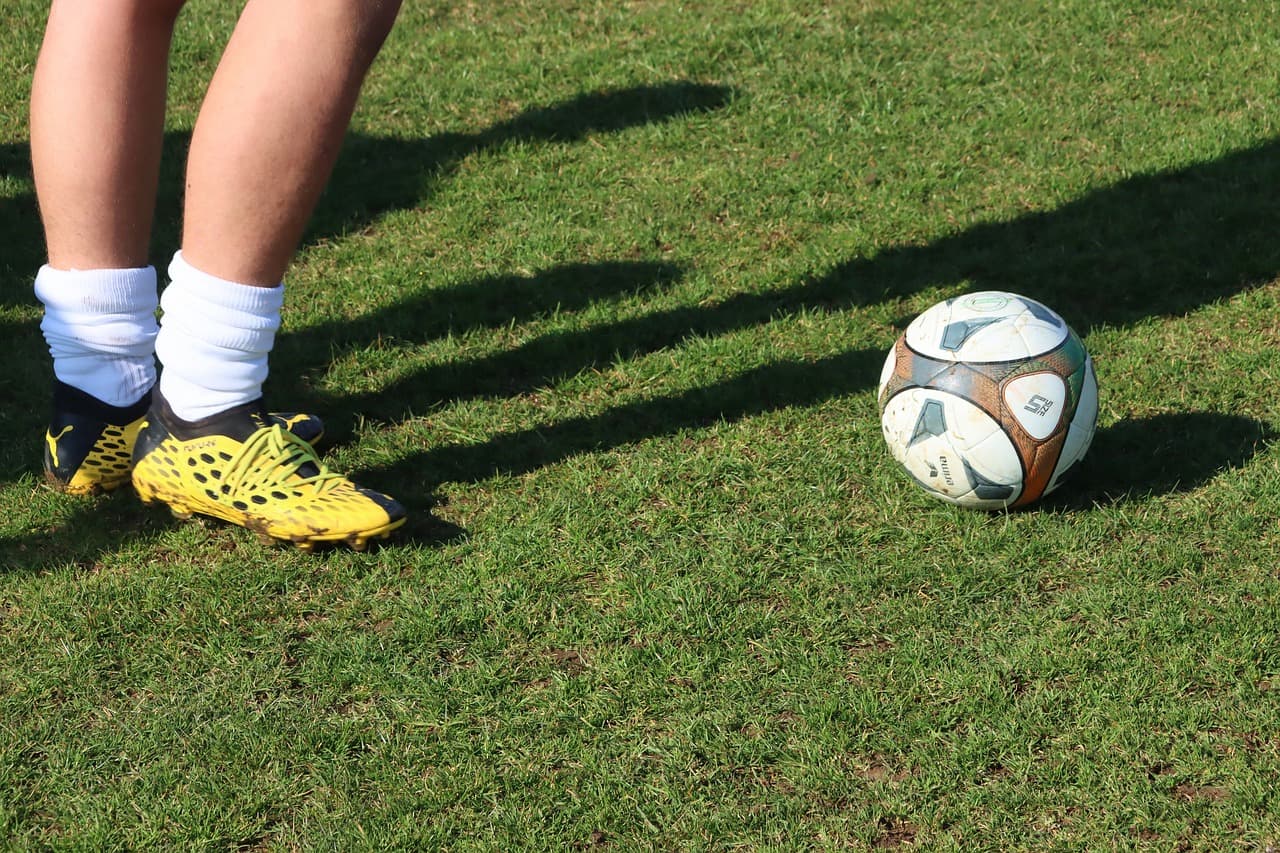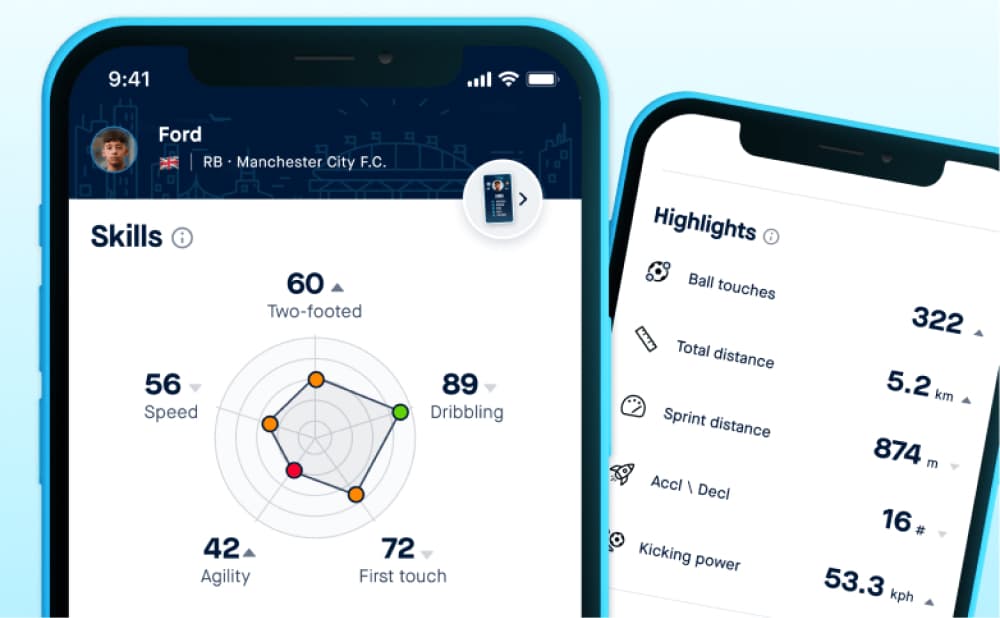When it comes to analyzing soccer team performance, it’s not just about tallying goals or wins. It’s about digging deeper into what really makes a team click on the field.
From team chemistry to tactics and individual player efforts, there’s a lot that goes into making a team successful.
Every match is like a carefully choreographed dance, where skill, strategy, and teamwork all come together to shape the outcome.
By diving deeper into these elements, you can uncover what sets successful teams apart and apply these insights to enhance your own understanding of the sport.
What is Performance Analysis in Soccer?
Performance analysis in soccer involves using data and video to improve player development and team performance. It helps teams understand how tactical choices influence physical output, tailor training sessions to specific needs, and develop strategies for games.
Coaches and analysts use measurable data — like how far players run, pass completion rates, or how many tackles they make — to figure out what’s working and what needs fixing.
Tech plays a big role here too. Video analysis and tracking systems give us a closer look at how strategies play out, helping teams adjust tactics on the fly. This data-backed approach allows coaches to make better decisions and refine training to sharpen a team’s overall game
Key Metrics for Soccer Team Performance Analysis
Analyzing soccer team performance involves assessing multiple key metrics such as possession, passing, shots, tackles and set-pieces. Each aspect provides insight into a team’s overall effectiveness and potential areas for improvement.
Let’s take a deeper look at each one.
Possession Percentage and Ball Control
Possession percentage measures control over the game and a higher percentage often correlates with dominance. Teams that hold the ball longer, like FC Barcelona, usually have more control over the game and set the pace. Ball control for players within the system becomes equally important — reducing turnovers and keeping the ball moving smoothly creates more scoring chances.
Passing Accuracy and Completion Rates
Passing accuracy and passing completion shows how technically skilled a team is. Teams like Manchester City, who consistently hit over 80% passing accuracy, are great examples of this. High completion rates also reflect strong teamwork and smart strategy execution.
Shots on Goal and Conversion Rates
Analyzing shots on goal reveals attacking efficiency. It’s not just about how many shots a team takes — it’s how many they actually convert into goals that counts. A team might average 10 shots per match but convert only 10%. Conversion rates determine scoring effectiveness and highlight finishing skills and higher rates suggest sharp goal-scoring instincts and tactical positioning. This is commonly tracked as xG.
Defensive Actions: Tackles, Interceptions, and Clearances
A strong defense comes down to three main actions: tackles (winning the ball back), interceptions (anticipating the opponent’s moves), and clearances (getting the ball out of danger). Teams that excel in these 3 areas make it harder for opponents to score.
Set-Piece Effectiveness
Set-pieces (like corners or free-kicks) are golden opportunities for scoring. Teams that practice these, like Atletico Madrid, often have a higher scoring rate from these situations. Precision and timing are key to making set-pieces work.

Individual Player Performance Metrics
Evaluating individual player performance offers insights into a soccer team’s overall effectiveness. Analyzing specific metrics provides coaches with valuable information to make strategic improvements.
Physical Metrics
Physical metrics assess a player’s athletic capabilities in various game situations.
Speed
Speed measures how quickly a player moves, affecting the ability to outrun opponents and create space with dribbling. Players like Kylian Mbappé are renowned for their pace, which helps them beat players with dribbling and create scoring chances.
Stamina
Stamina evaluates a player’s endurance throughout the match. Players with high stamina stay strong throughout the game, keeping their performance level up from start to finish.
Distance Covered
Distance covered tracks the total ground a player covers during a game. Players like N’Golo Kanté, known for covering extensive areas, excel in this metric. It demonstrates work rate and contribution to team’s efforts.
Technical Skills
Technical skills focus on a player’s proficiency with the ball, impacting their contribution to both offensive and defensive phases.
Dribbling
Dribbling assesses a player’s control and maneuverability when handling the ball. Exceptional dribblers like Lionel Messi can influence the game by dribbling past opponents and moving into space.
Passing
Passing measures accuracy and vision, indicating the player’s ability to distribute the ball effectively. Midfielders like Kevin De Bruyne showcase exceptional passing skills.
Shooting
Shooting assesses a player’s proficiency in scoring opportunities. Metrics like shot accuracy and conversion rates and xG are crucial in evaluating an attacker’s effectiveness in front of goal.
Tactical Understanding
Tactical understanding reflects a player’s ability to read the game and make impactful decisions.
Positioning
Positioning looks at a player’s spatial awareness and ability to be in the right place at the right time, both defensively and offensively. Players like Sergio Busquets excel in positioning, aiding both defensive and offensive transitions.
Decision-Making
Decision-making evaluates a player’s judgment in high-pressure situations. Quick and smart decisions, as demonstrated by players like Luka Modrić, impact a team’s success in high pressure situations.
Goalkeeper Metrics
Goalkeeper metrics are vital for understanding a player’s ability to prevent goals and contribute to team organization.
Saves
Saves track how effectively a goalkeeper stops shots keeping the opposing team from scoring. Consistent performers like Manuel Neuer excel in this metric.
Distribution
Distribution measures a goalkeeper’s ability to pass or kick the ball accurately to teammates, to start attacks and build up play, like Ederson does.
Positioning
Proper positioning reduces angles and maximizes the Goalkeepers chance of preventing goals.
Tools and Technologies for Soccer Performance Analysis
Technology is a game-changer when it comes to soccer performance analysis. Here are 4 of the top tools being used today:
Wearable Technology for Player Tracking
Wearable technology such as Playermakers smart soccer tracker track player performance and evaluate strengths and weaknesses, which in turn helps develops training programs, benchmark skill goals, and even helps recover from injury.
Other devices such as GPS trackers and heart rate monitors help track speed, stamina, and more. These insights help coaches fine-tune training plans and prevent injuries.
Video Analysis and Performance Review Software
Video analysis software offer playback and annotation features, helping you evaluate player positioning, movement patterns, and tactical adherence. This visual feedback is crucial for correcting errors and reinforcing successful strategies.
GPS and Motion Tracking Systems
GPS and motion tracking systems offer precise data on player movement, and track metrics such as positional data, speed bursts, and fatigue levels, enabling you to tailor training sessions to be more efficient. These insights are also valuable for team formation and substitution strategies.
Data Analytics Platforms for Soccer Teams
Data analytics platforms analyze match data to uncover patterns and trends. These platforms facilitate performance benchmarking, allowing you to compare metrics like pass accuracy and defensive actions across players and matches.
How Data-Driven Insights Impact Soccer Team Strategies
Data-driven insights significantly enhance strategy development in soccer teams by offering precise information, whether it’s identifying their own weaknesses or finding ways to exploit the opposition’s.
Identifying and Addressing Weaknesses in the Team
Data can highlight areas that need improvement, like passing accuracy or fitness levels. Coaches can then focus on these in training. For instance, if player fatigue increases towards match end, you might adjust fitness programs to enhance endurance.
Identifying Weaknesses in the Opposition Team
Data analysis reveals opponents’ vulnerabilities and potential exploits. If an opponent struggles with defending set-pieces, a team might work on perfecting their corners and free-kicks.
Adjusting Formations Based on Opponent Analysis
Insights into an opponent’s formation trends guide your tactical decisions. If data shows their struggles against certain formations, you might adopt a similar setup to disrupt the other team’s strategy.
Using Data to Optimize Team Tactics
Data-driven decisions help fine-tune your tactics. For example, stats like possession and ball recovery time help teams optimize their style of play. Using these insights to plan for a game ensures that tactics align with both team strengths and opponent vulnerabilities.
The Role of AI and Machine Learning in Soccer Performance Analysis
Artificial intelligence (AI) and machine learning are revolutionizing soccer performance analysis by transforming vast data sets into actionable insights.
Data Processing and Pattern Recognition
AI’s ability to process huge amounts of match data helps spot key patterns. It can reveal trends in how players move and how tactical formations shift throughout the game, which allows for smarter decisions. For instance, AI might pinpoint successful passing sequences over several matches, giving coaches a clear idea of where to tweak team strategies for better results.
Predictive Analytics
Machine learning goes a step further by predicting outcomes based on past data. This means it can forecast game results or even individual player performances. By picking up on details like a player’s fatigue level or overall impact during matches, coaches can fine-tune game plans to keep the team performing at its peak. It also helps predict potential injuries, allowing teams to take steps before problems arise and keep their players healthier longer.
Customized Training Programs
Another major benefit is AI’s ability to create personalized training programs. It looks at each player’s stats, focusing on what they’re doing well and where they need work. For example, if a player’s passing accuracy is lacking, AI will suggest specific drills to target that weakness, helping them improve in key areas.
Real-Time Decision Support
During games, AI-driven tools provide live analysis. This real-time feedback helps coaches make faster, smarter decisions. If a certain defensive setup isn’t working, AI can quickly signal the need for adjustments, making the team more adaptable and responsive to what’s happening on the field.
Player Recruitment and Scouting
When it comes to scouting, AI looks at data from players around the world, assessing potential new signings. It breaks down performance metrics, technical skills, and tactical awareness to help teams recruit players who’ll truly add value. This speeds up the recruitment process and leads to more informed decisions, saving both time and resources.
Performance Benchmarking
Lastly, AI helps set benchmarks for team and player performance by comparing stats with top-tier competitors. This not only highlights areas where improvements are needed but also recognizes what’s already working. By consistently measuring up to the best, teams can stay competitive and even innovate in their strategies.
Conclusion
Soccer team performance analysis has become an integral part of the modern game. By leveraging advanced metrics, tools, and technologies, teams can gain valuable insights that drive improvements in tactics, player development, and overall performance.
As the field continues to evolve, embracing data-driven approaches will be crucial for both individual players and teams aiming to stay competitive at the highest levels of the sport.
Advance your soccer game to a new level. Try Playermaker today!








